-
Posts
256 -
Joined
-
Last visited
Content Type
Profiles
Forums
Blogs
Gallery
Events
Store
Posts posted by v.Perlet
-
-
Sorry guys - my bad, I mixed up the EK1 1870 fake from evilbay with the photo I took from your first post in this thread which is the 5 medal bar, - sorry for the confusion.
The fake 1870 I had posted already under EK1's.
Any interesting comments to this - asking for 2800 Euro!!!!
And a 2nd one much cheaper ?- asking for 2690,82 Euro
https://www.ebay.fr/itm/283829896258?hash=item4215948442:g:McYAAOSw0KZef28G
Regards
v.Perlet
0 -
19 minutes ago, VtwinVince said:
Another classic example of this faker's work. These 1870 bars have been all over fleabay the last few years. And the fakers are starting to produce the common medals now.
Hello Simius Rex and VtwinVince
for me I wouldn't even trust the centennial medal - maybe just the Frontkämpfer medaille.
I will see if I can find the link again
Regards
v.Perlet
0 -
-
-
On 08/11/2021 at 01:49, Marcin L said:
Hello,
I have the feeling that you guys are/were discussing about two different EKI's,
The one Marcin L posted is supposedly a 1870 cross - but with no front picture attached.
The one ashley 58 posted is an EKI of unknown date - but the markings etc. don't convince me.
Marcin L would still have to post a front photo - in order to determine it.- eve though the stamp isn't convincing either.
I however agree with Peter Cornwells statement.
So to which cross are the other 4 and their comments referring to?
Or did I get something wrong here?
Regards
v.Perlet
0 -
okay, that is good news that your Kukri proofs to be hand forged.
Regards
Andreas
0 -
Hello Ostrosky,
well that's a tough hobby you got there - but I guess I don't need to tell you that?
Nice pair of sword!
have you contacted the following sites?
https://rhodesians-worldwide.com/online-shop/militaria/
https://empiretocommonwealth.webs.com/rhodesianarmynsm2.htm
Regards
v.Perlet
0 -
Hallo spolei,
just because this specific author has not come across a Kukri with brass fixtures dating from WW1, doesn't imply to me that it wouldn't, couldn't exist.
If I take a close look at your Kukri (photo 4) the brass at the hilt seems to be a coating (beschichtet und nicht massiv aus Messing, oder ein aufgesetztes messingteil) since the widened steelhilt can be seen underneath. Which would confirm that it is a hand forged blade. (not a total tourist rubbish Kukri). That there are different versions for (Blutrille) is nothing uncommon to me.
The wood and the brass bolting with an inner steel bolt look good to me - the only thing that kind of disturbs me is the appearance of the markings on the blade.
The appearance of a blade is always depended on the steel-metal quality the blacksmith used - the temperature used during the forging process and last not least as to how the owner or owners maintained the blade.
Does the weight and measurement of your Kukri correspond with the data from the German website?
In the worst case you still got a hand-forged Kukri.
0 -
Hello paddywhack,
thanks, if there is a name tag well then it could be quite simple - if the persons history is known.
the buttons? are you sure? - if so there would be hundreds of different motives on buttons
Is there a button catalog/listing for British - Commonwealth units?
Regards
v.Perlet
0 -
As discussed earlier on, by me mentioning that I generally distrust "shiny" - "perfect-surface" collectables, I was told that some just like shiny collectables whilst others (like me) prefer the original patina or surface deterioration that automatically comes along with objects having a 100-300 years of natural wear on them.
Judging from the main three sources by sellers of collectables - the following observation comes in;
Evilbay and alike - in majority unpolished, therefore non-shiny (mostly due to selling fakes and impersonating age)
Collector to collector - in majority natural timeline surfaces and material structures showing wear and tear
Auction-houses - generally perfect and super shiny (and they are by far the most expensive sellers)
As such I do not see or observe, that polishing and surface restorations would have a negative effect on the value - quite in contra actually in regards to the price controllers of collectables - auction-companies.
For medals/orders I luckily do only have two awards that due to surface imperfections are prone to rust-oxidation and therefore are cleaned/wiped once a year with gun oil - which naturally has to be entirely wiped of after the process. during the process it is important not to apply pressure.
As for my Ulan Tschapkas and extensive sword collection - again gun-oil is the perfect cleaning medium. All hunters like me clean with gun-oil any leather or metal object- and it is absolutely perfect for the job.
Again it is essential to wipe of the gun-oil as best as possible, it will (that's the purpose) leave a certain minimal protective film on the surface which is totally harmless and in contra helps to protect the surface from oxidation - external corrosion and pitting corrosion. I do not posses a single object-collectable that beholds a "sticky" surface.
An uncle of mine and a renowned German Militaria collector introduced me to this method some 45 years ago and it was independently confirmed by my hunter associates about 30 years ago.
Below you can see on of these two EK's with imperfections and thus being treated once a year - again with no pressure applied, as one can observe via the non outright silver frame. Also see the Damascus blade and natural surface after gun-oil treatment with no sticky surface. Including the treatment for the wooden sheath.
One always needs to reconsider the geographical location regarding maintenance of objects, e.g. in Indonesia Kris are cleaned with coconut water and coconut oil - perfect for the place due to its humidity - a very bad idea to apply these mediums in e.g. Europe.
Finally please let me add, that rust or oxidation is not cleaned or removed with gun-oil - the latter is a conservation method - rust/oxidation or rostfrass is removed with (sorry I do not know the english term) Feinst Stahlwolle. fine wire wool?
Regards
v.Perlet
0 -
I can't see this General Poroschenowitz anywhere, also not at the Battle of Leipzig where General Chernishev is shown as attached to Army headquarters.
see order of the battle Leipzig
http://napoleonistyka.atspace.com/Allies_Order_of_Battle_LEIPZIG_1.htm
Regards
v.Perlet
0 -
40 minutes ago, spolei said:
Thank you for the determination, I am even happier.
I look at the link (so much English is always a challenge for me ? ).
Habe die Ehre AndreasWeil Du es bist - nochmal auf Deutsch
https://ousuca.com/gurkha-kukri-messer/
Die Deutsche website erklaert auch die "Originalitaet" besser.
Oh almost forgot; the marking could be Company 1 and then repeat 1st Co of Gurkha Bataillion 2
Hob I deehre
Andreas
0 -
Hello spolei,
I would say - congratulations - onto an original (off course holding it in my hands could confirm or deny it far better) you wouldn't happen to have the sheath?
Usually the new - productions, do not display the detail of brass and steel bolting of the handle to the blade, or that kind of wood selection.
It would be a GI3 (MK2) Kukri introduced from 1913 onward, see link:
https://www.thekhukurihouse.com/blog/top-5-standard-gurkha-knives
Regards
v.Perlet
0 -
Hello Charadras,
i had almost forgotten about your interesting research.
To my little understanding a Funkmesstrupp is only a small (4-8 people) unit whose primary task is to detect radio signals and if necessary to locate and to jam them. They are part of a Flugmelde-Funk Kompanie/Abteilung which in turn is part of a Luftwaffe Nachrichten Regiment.
Due to the size of the installation on Kythera the unit was of Kompanie size and termed Flugmelde-Funk Kompanie 19.
The code-name for the installation (Funkmeßstellung) was 135. It seemed to have been comprised of 1 x FuSE 65 Würzburg-Riese and 1 x FuMG 80 Freya A/N.
If your research covers more then just Kythera then the following link might be helpful to you.
(I would say, some people put a lot of work into this research)
http://www.atlantikwall.info/radar/greek/rgr.htm
Regards
v.Perlet
0 -
For me , water will never come close to the medals or collectables I have.
I only use silver-cloth or for the dirt-off rubbing, a cloth dipped or if necessary soaked in gun-oil.
Regards
v.Perlet
0 -
Hello David M,
He wasn't the commander but rather the liberator of Kassel,maybe this can help
General Alexander Iwanowitsch Czernitschew
also sometimes written, General Alexander Iwanowitsch Tschernytschew
see: https://www.erinnerungen-im-netz.de/fileadmin/erinnerungen_im_netz/Dokumente/Czernitschew.pdf
This chap however left Kassel 2 days after the liberation from the French.
After retaking Kassel, the Russian commander of Kassel from 29th of October till 6th of November was Graf Guillaume St. Priest a born Frenchmen but in Russian service as commander and general of the 8th corps.
Regards
v.Perlet
0 -
Hello GODISHIGH,
is this cross from the same seller as the ST. STANISLAUS cross you posted?
Regards
v.Perlet
0 -
i am certainly - absolutely - not a knowledgeable person on Russian orders. However all the Stanislaus orders I checked count 7 teeth on the rim at the cross-arms. (1st, 2nd, and 3rd class) and different time lines of award.
Your shown Stanislaus only seems to depict 6 teeth.
Even the miniature order shows 7 teeth. - see below-2nd photo
Let's see what the far more knowledgeable people have to say.
Regards
v.Perlet
0 -
Hello Wyomingguy,
due to the chaos reigning in Germany from 1919 onward - with no real government control, I would say anything could and was done.
But the cross is clearly not an EKII award. The ribbon is not a combat award ribbon and I would say that this decoration is merely a veterans association decoration. So yes IMHO it could be worn on a uniform or civilian cloth.
Below is one of my (K.O.) EKII's. Note the ring attached to the cross is not horizontal
Let's see what other more knowledgeable people have to say.
Regards
v.Perlet
0 -
Maybe I am wrongly addicted in regards to the seriousness of German military obedience towards military regulations - especially during Willis time.
What I noticed in that respect, is that none of the so far forwarded photos depicting a 4 matches (in layout/design) the one on ccj's uniform. (especially in regards to the Keil-wedge, that ends on the horizontal line of the 4) Is there a documentation that clarifies that this Vizefeldwebel Kasparow served in the Magdeburger 4 Jaeger battalion?. (if so I take everything back)?
Regards
v.Perlet
0 -
-
8 hours ago, Eric Stahlhut said:
especially the picture of my own crosses ?? ?
v. Perlet-- nothing wrong with that clamshell
hello Eric Stahlhut,
yes one IMHO, of the very, very few authentic 1914 EK I's - why you want to sell it/ got so many??
Regards
v.Perlet
0 -
Hello Hauptmann,
looks like a pin-on from one of those countless WW1 German veterans organizations.
e.g. Allgemeiner Bund Deutscher Krieger/Kriegsveteranen ?
Could even be Bund Deutscher Krieger/Kriegsveteranen - I am getting stuck on the A = Amerika?
They had dozens if not hundreds of these German WW1 veterans organizations in the USA, did you obtain this badge in the States?
I am sure someone from this site will know more about it.
Regards
v.Perlet
0 -
Hello Bayern,
yes magnesium metal too, even though it has a tendency to tarnish, but it is lighter then aluminum, very resistant to corrosion and easy machinable - actually perfect ?
Regards
v.Perlet
2



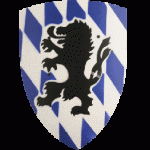
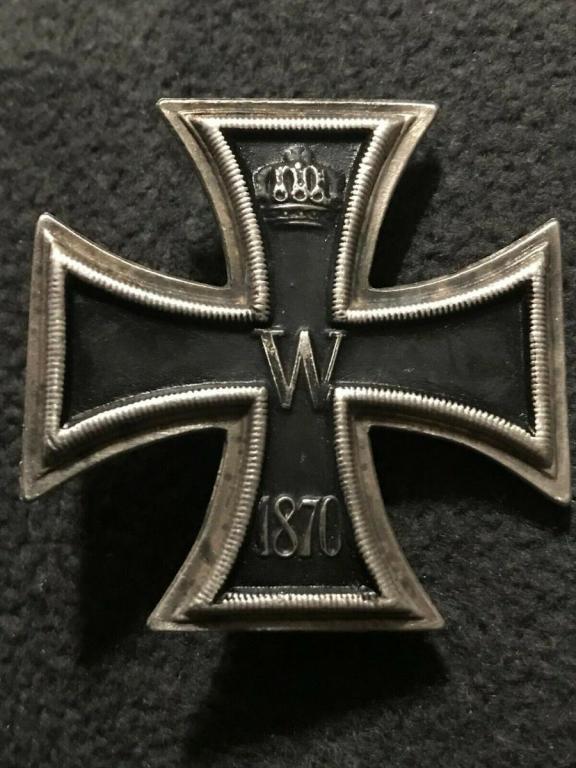

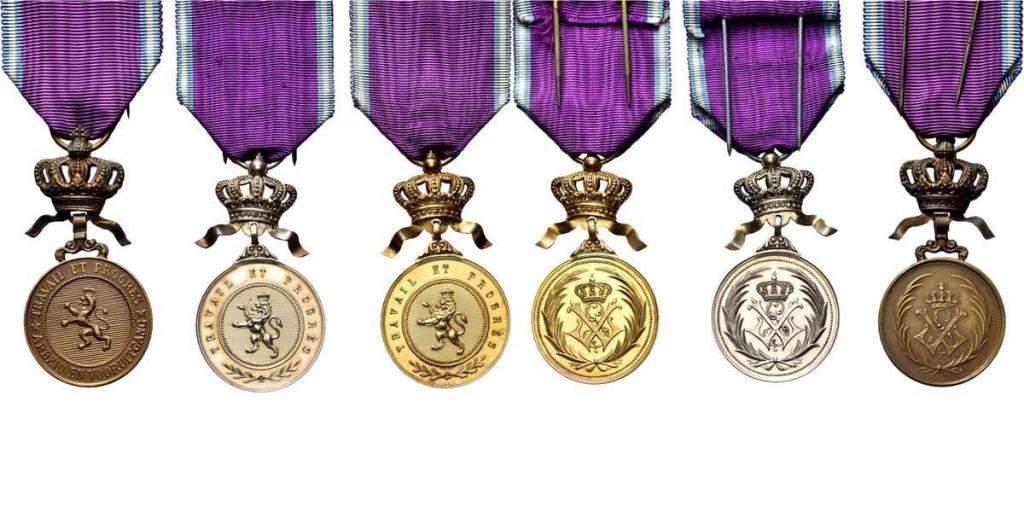

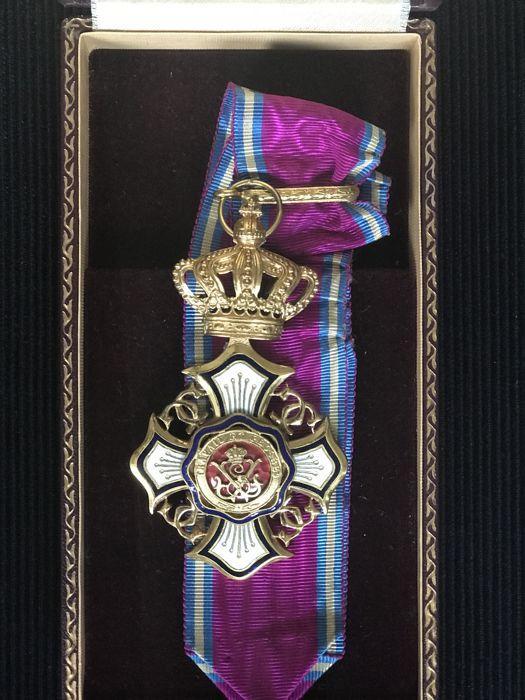

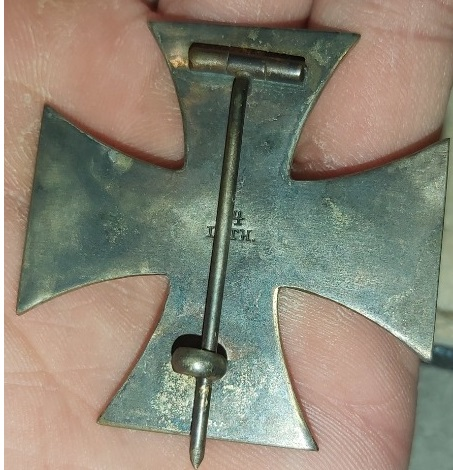
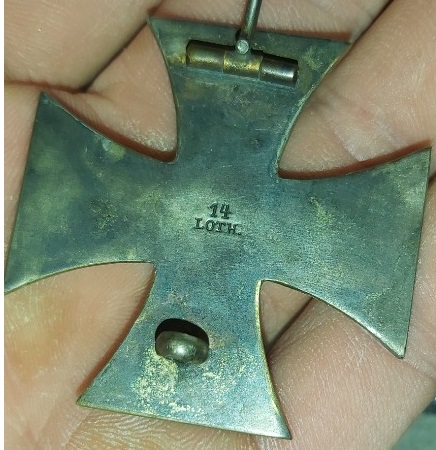

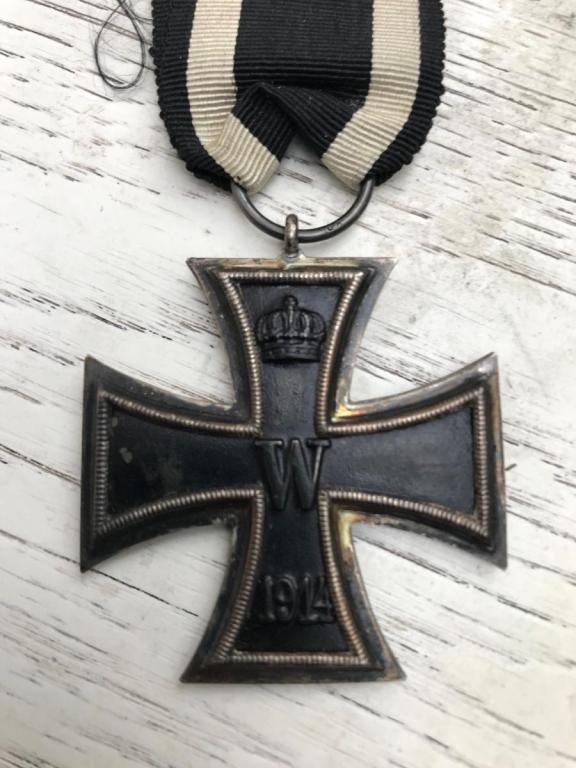
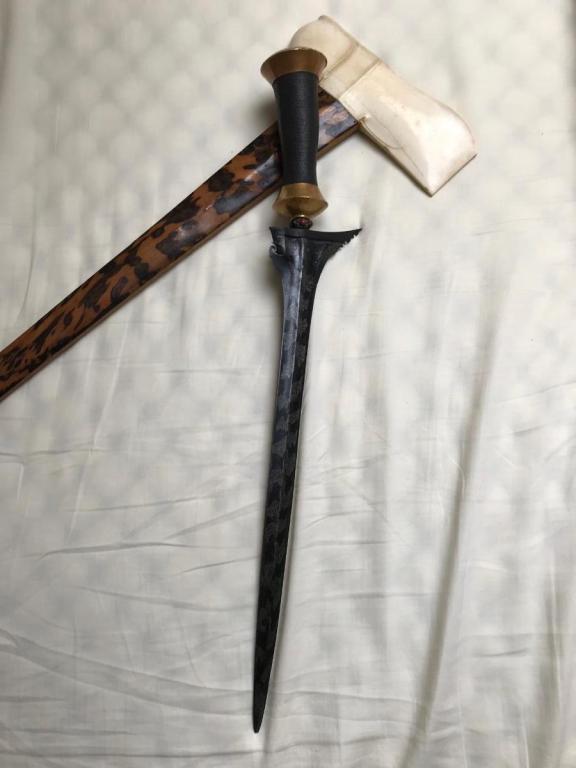
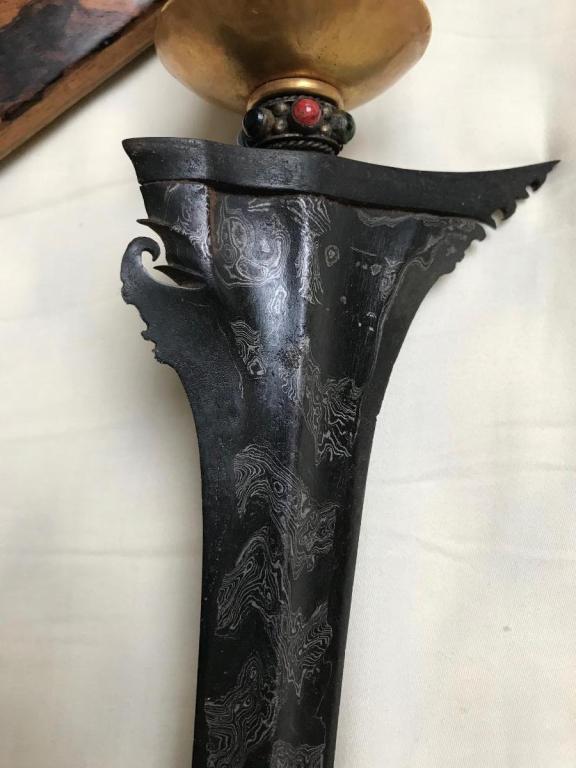
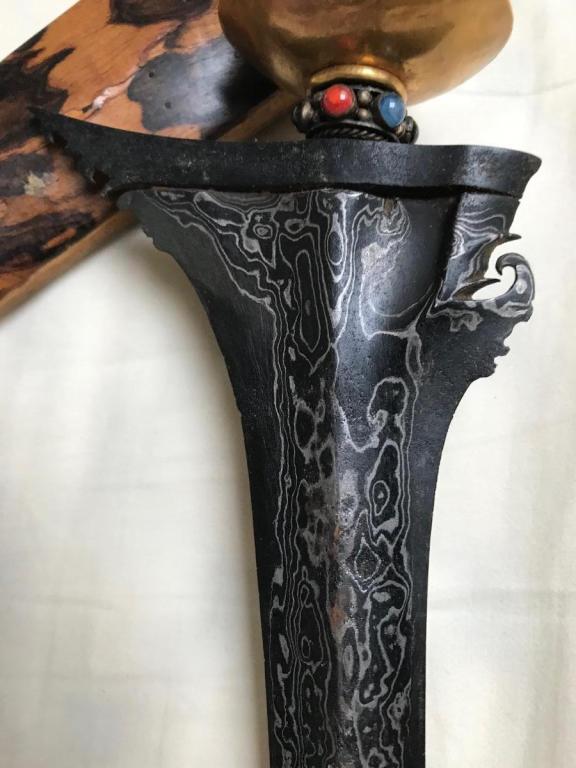
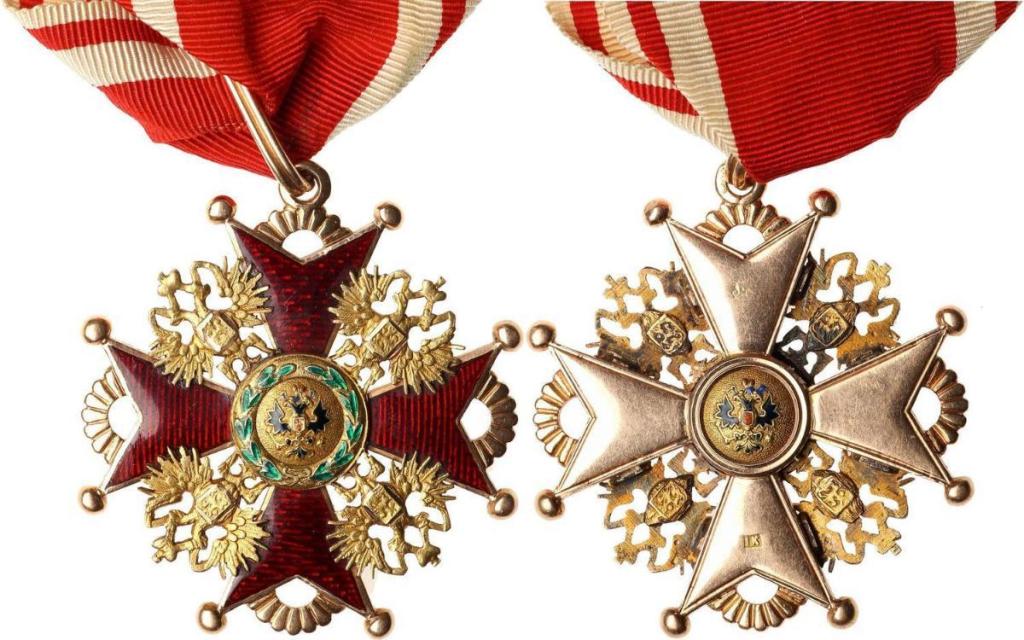
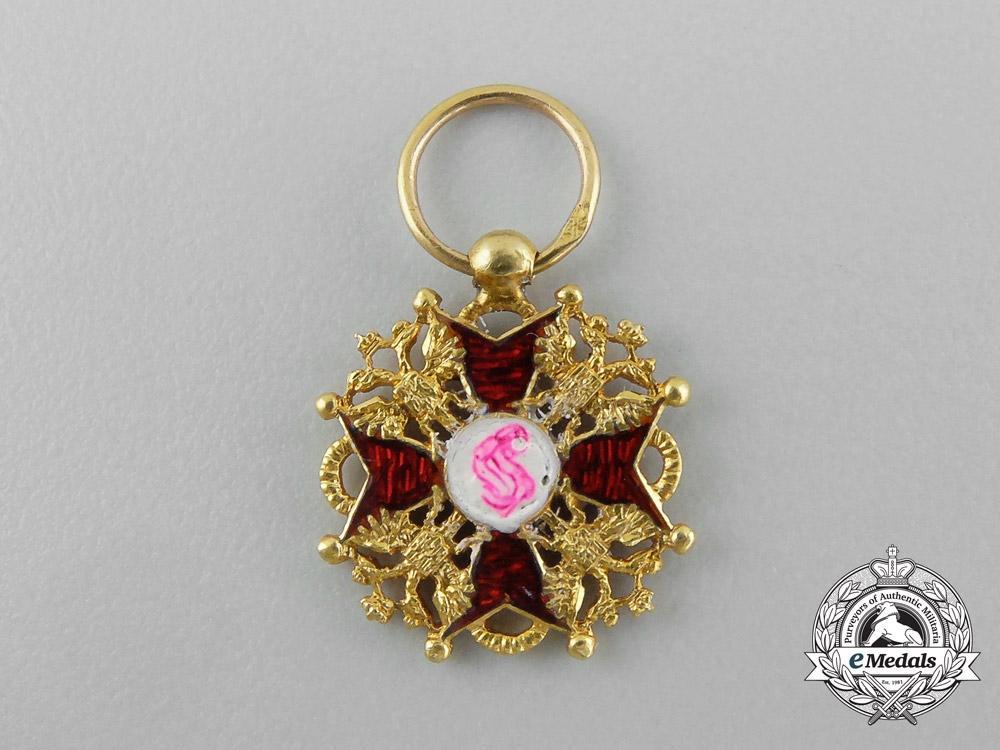

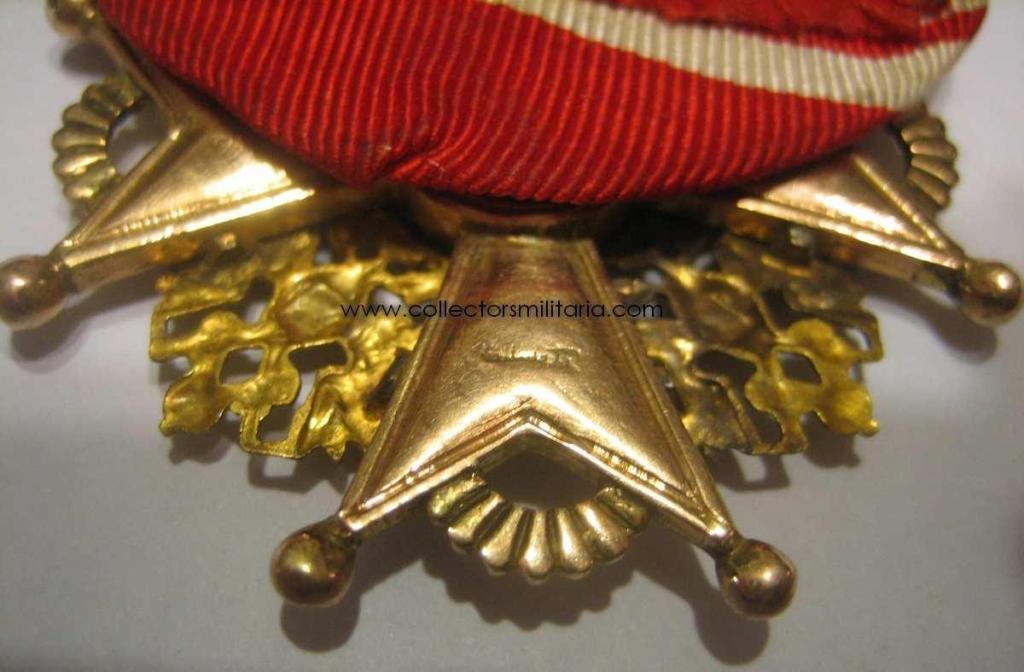
.thumb.jpg.c24373ee92ddab189971f90c11678be3.jpg)

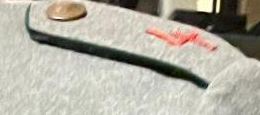
.jpg.ab42dae76c513d515f889e0f85ecab86.jpg)
Which Asian Language?
in South East & East Asia
Posted
No photo - sorry can't help
Regards
v.Perlet